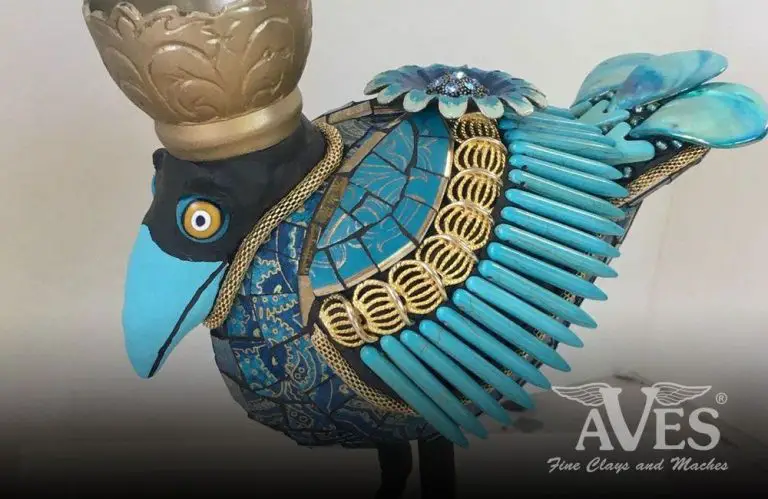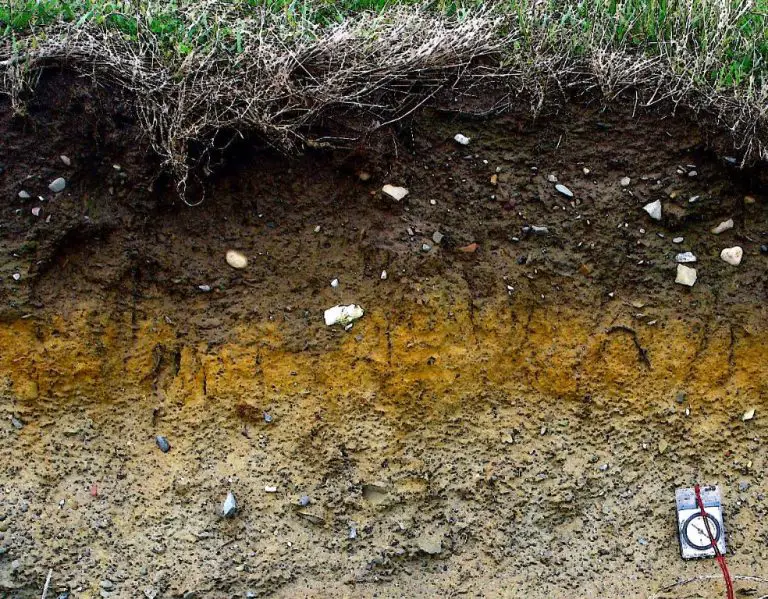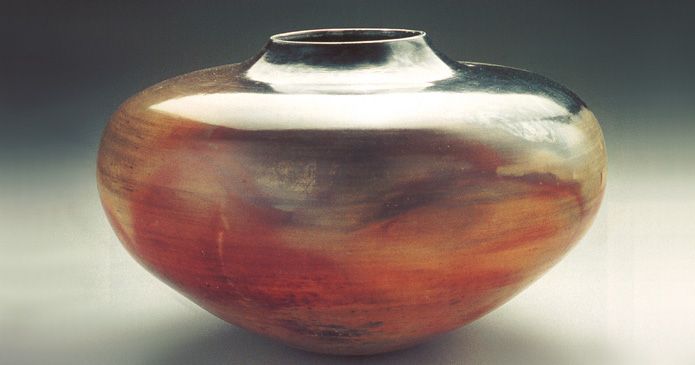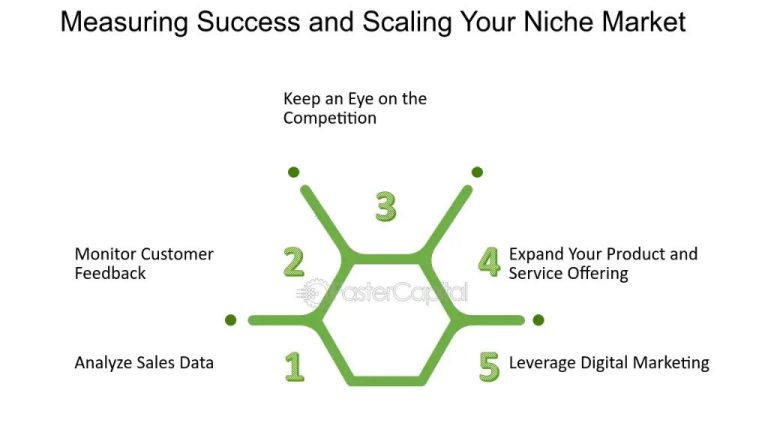Which Clay Is Used For Jewellery?
Clay jewelry has become increasingly popular in recent years as crafters and jewelry makers discover the versatility and creativity of working with different types of clay. Polymer clay in particular has seen a surge in popularity, with its ability to mimic glass, metal, and gemstones allowing for endless design possibilities. Clay jewelry has a long history spanning cultures across the globe, from ancient Mesopotamian clay beads to the polymer clay jewelry popular today. Jewelry makers have a wide array of clays to choose from, each with their own characteristics. The main types used for jewelry include polymer clay, air-dry clay, earthenware clay, stoneware clay, porcelain, and modeling clay. When working with clay to create jewelry, crafters must consider the type of clay that will work best for their desired finished product.
Polymer Clay
Polymer clay is one of the most popular types of clay for jewelry making. Polymer clay is made from polyvinyl chloride (PVC) resin, along with various pigments, fillers and plasticizers to give it texture and workability. It remains flexible and elastic until it is cured.
Polymer clay has several benefits that make it ideal for jewelry making:
- It can be shaped, molded, textured, and carved easily before curing.
- It holds fine details well.
- A huge variety of colors are available.
- It can be mixed together to create custom colors.
- It cures hard and durable either by baking in a regular oven or with a UV light.
Popular brands of polymer clay include Sculpey, Fimo, Kato Polyclay, Cernit, and Premo. The main types are original polymer clay, translucent polymer clay, and Effect clay with mica powder or metallic particles mixed in.
To work with polymer clay:
- Condition it first by kneading and warming in your hands
- Shape pieces by hand or use acrylic roller/clay tools
- Texture the surface as desired with stamps, cutters, etc.
- Bake polymer clay at the temperature and time specified on the package
- Sand and buff pieces gently after baking for sheen
Air-Dry Clay
Air-dry clay, also known as self-hardening clay, is a popular modeling clay for crafting and jewelry making. Air-dry clay is water-based and hardens naturally when exposed to air. Unlike kiln-fired clays like stoneware or porcelain, air-dry clays do not require high heat to set and cure.
Air-dry clay is composed of water, clay minerals, and cellulose-based binders. The clay minerals provide plasticity and strength while the cellulose binders allow the clay to harden at room temperature as the water evaporates. Common binders in air-dry clay include cellulose gum, methyl cellulose, and sodium carboxymethyl cellulose.
Air-dry clays offer several benefits for jewelry making compared to other types of clay:
- Does not require specialized equipment like a kiln
- Sets at room temperature so pieces can be easily created at home
- Available in a wide range of colors
- Smooth consistency is easy to work with
- Lightweight when dry
Popular brands of air-dry clay include Crayola Model Magic, Activa Air-Dry Clay, and Makins Polymer Clay. Air-dry clays come in both white and colored varieties. They typically take 1-3 days to fully cure depending on thickness.
To work with air-dry clay, condition it with your hands until soft and pliable. Shape your jewelry pieces by hand or use acrylic rollers, cutters, and molds. Let your finished pieces air-dry completely before painting and sealing. Air-dry clay can be sealed with acrylic sealants like polyurethane for shine and durability.
Earthenware Clay
Earthenware is a common type of clay body characterized by its porous nature when fired at lower temperatures. It’s composed of clay, quartz, and feldspar minerals. Earthenware clays require firing temperatures between 1000-1200°C to fully mature and become water-resistant. They can come in various colors like red, brown, and gray depending on the composition.
Earthenware has many benefits for jewelry making. It’s an inexpensive and readily available clay. It can be easily handbuilt and molded compared to denser clays. Earthenware has an earthy, rustic quality that creates an organic, handmade look in finished pieces. Its porosity provides an “antique” appearance and feel. Earthenware absorbs stains well, allowing for colorful finishes.
There are several common types of earthenware clay. Terracotta is an unglazed red earthenware made from iron-rich clays. It fires to a red-orange color. Earthenware can also have a stoneware clay body that fires to partial vitrification. Some examples are RedArt clay and Phoenix Pottery’s speckled buff clay.
When working with earthenware, it’s important to knead it thoroughly before use to achieve an even consistency. Allow time for any moisture to fully evaporate before firing to prevent cracking. Slow bisque firing schedules help remove organics and minimize warping. Earthenware can be glazed or stained after firing. It pairs well with low-fire glazes. Seal finished earthenware pieces with varnish or wax if porosity is a concern.
Stoneware Clay
Stoneware clay is a type of high-fire clay that is commonly used for making pottery, jewelry, and sculptures. It is fired at higher temperatures ranging between 2,200°F to 2,400°F, which results in a non-porous and durable finished product.
Definition and Composition
Stoneware clay contains about 20-30% feldspar and 50-70% clay minerals such as kaolinite. The higher feldspar content allows it to become vitrified and turn glassy when fired at high temperatures. Other natural minerals like silica and grog (pre-fired clay particles) are also added as fillers. This gives stoneware both plasticity for shaping as well as strength in the finished product.
Benefits for Jewelry Making
The non-porous, water-resistant nature of fired stoneware makes it an excellent choice for jewelry and beads. Items made from stoneware clay will be durable and hold color well from glazes and stains. The smooth glassy finish also gives an attractive sheen. Being oven, dishwasher and microwave safe also makes stoneware jewelry pieces convenient to wear and care for.
Types of Stoneware Clay
There are different types of stoneware clay that fire at varying temperature ranges. Common varieties include:
– Mid-fire stoneware firing between 2,185°F to 2,285°F
– High-fire stoneware firing between 2,285°F to 2,390°F
– Ultra-high-fire stoneware firing above 2,390°F
The higher the firing temperature, the denser and more durable the finished stoneware clay becomes.
Working with and Firing Stoneware
Stoneware clay is usually mixed with water for handbuilding techniques like coil building and slab construction. It can also be thrown on the pottery wheel. Bisque firing is done before applying glazes and finishing firing. Special glazes rated for high temperatures are used on stoneware clay. The final firing turns the glaze glassy and makes the stoneware non-absorbent.
Porcelain
Porcelain is a common type of clay that is highly valued for making jewelry and small sculptures. It is made primarily from kaolin clay and is fired at very high temperatures – usually between 1200°C to 1400°C (2192°F – 2552°F).
Porcelain has several benefits that make it ideal for jewelry:
- It can be formed very thinly and still maintain its strength after firing.
- Porcelain has low porosity, meaning it is non-absorbent and impermeable to water.
- It has a fine white color that takes surface decoration well.
- Porcelain can be fired multiple times without warping or breaking down.
There are a few main types of porcelain used for jewelry:
- Hard-paste porcelain – Made from kaolin clay and ground petuntse stone. Extremely durable and translucent.
- Bone china – Made by adding bone ash to porcelain clay. Known for its milky white translucence.
- Soft-paste porcelain – Lower firing temperature around 1200°C. Not as strong as hard-paste.
Working with porcelain requires care as it is brittle in its unfired state. Porcelain can be shaped by hand or with molds, then allowed to dry thoroughly before firing. Decorations are often applied before firing using glazes, underglazes, or stains. Porcelain shrinks slightly during firing, so pieces must be formed approximately 10% larger to account for shrinkage. Once fired, porcelain can be drilled, sculpted, or polished to make jewelry components.
Modeling Clay
Modeling clay, also known as plasticine, is made from a variety of ingredients that allow it to be molded, shaped, and sculpted. The main ingredients in modeling clay are wax and oils such as petroleum jelly. Pigments are added for color.
Modeling clay has some key benefits for jewelry making:
- It is very malleable and easy to shape by hand into jewelry pieces
- It does not harden on its own, allowing time to work the piece
- It can be reused again and again
- It comes in a wide variety of colors perfect for jewelry
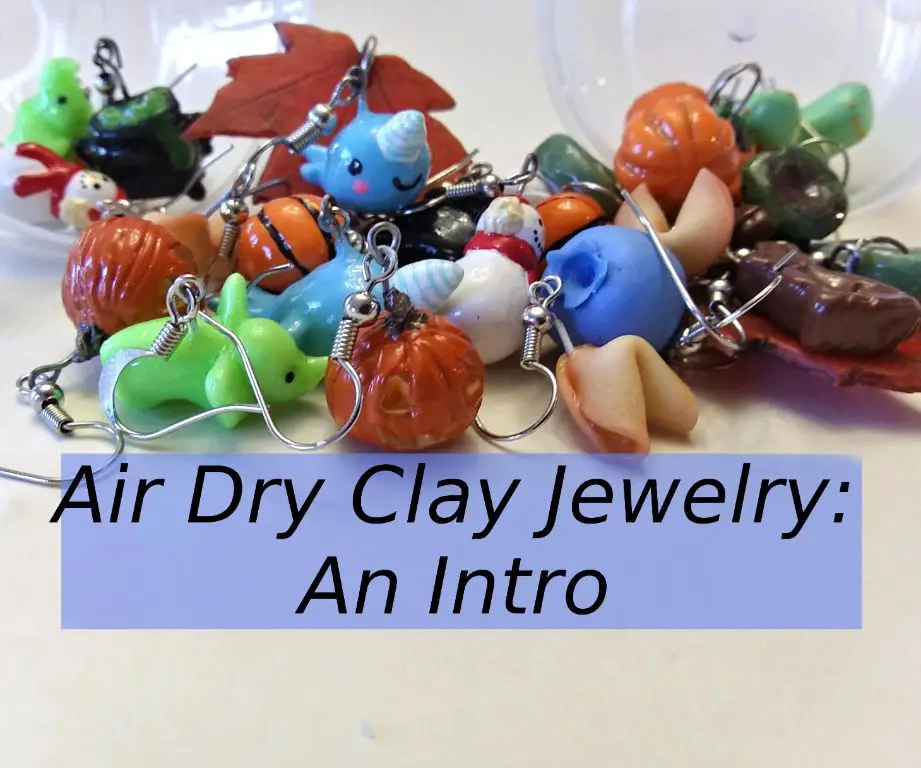
Popular brands of modeling clay include Play-Doh, Crayola Model Magic, and Sculpey.
When working with modeling clay for jewelry:
- Knead it initially until soft and pliable
- Shape pieces by hand or use clay tools to sculpt shapes and textures
- Smooth and blend seams using water or clay softener
- Allow work-in-progress pieces to air dry covered when not actively shaping to prevent drying out
Key benefits like ease of use and ability to reuse make modeling clay a top choice for handcrafting jewelry.
Clay Comparison
When selecting the right clay for a project, it’s helpful to understand the pros and cons of each type:
Polymer Clay
Pros: Comes in many colors, flexible when conditioned, doesn’t require firing. Holds fine detail well. Easy to use for beginners.
Cons: Can be pricey. Limited working time before conditioning is required. Not recommended for large sculptures.
Air-Dry Clay
Pros: Inexpensive and accessible. Air dries naturally without need for kiln firing. Quick drying time.
Cons: Brittle when dry. Limited working time. Shrinks and cracks as it dries. Not suitable for durable pieces.
Earthenware Clay
Pros: Versatile and easy to use. Fires at lower temperatures. Available in various colors. Beginner-friendly.
Cons: Porous and absorbs water easily. Less durable than stoneware or porcelain.
Stoneware Clay
Pros: Very strong and durable after firing. Resists cracking and chipping. Holds fine details well. Provides smooth surface.
Cons: Requires higher firing temperatures. Heavier than other clays. Can be more difficult for beginners to work with.
Porcelain
Pros: Very fine texture. Bright white color when fired. Extremely durable and hard after firing.
Cons: Challenging for beginners. Expensive. Requires very high firing temperatures. Prone to cracking and chipping if fired improperly.
For beginners, polymer clay or earthenware are good choices to start with. They are versatile, easy to work with, and more forgiving than porcelain or stoneware.
Working with Clay
Working with clay requires some basic tools and supplies. According to Polymer Jewelry Techniques and Resources, essential tools include a work surface, roller, texture sheets or stamps, cutters, and paintbrushes. You’ll also need liquid polymer clay for gluing pieces together. Having a pasta machine can help roll out clay evenly to a consistent thickness.
Some key techniques for working with clay include:
- Sculpting – Hand shaping clay into 3D forms and designs.
- Rolling – Using a roller or pasta machine to flatten clay into sheets or slabs.
- Texturing – Pressing items into clay to create patterns, or using texture sheets.
- Cutting – Using cutters or blades to cut shapes out of clay.
Troubleshooting clay can involve dealing with stickiness, bubbles, cracking, or unintended blending of colors. Kneading and conditioning clay properly, working cleanly, and storing unused clay sealed in plastic can help avoid issues. If clay becomes too soft, place it in the refrigerator for 30 minutes to firm it up again. Letting clay rest between steps can prevent distortion.
Conclusion
There are several types of clay that can be used for making jewelry, each with their own unique properties. Polymer clay is very versatile and comes in a wide variety of colors, making it a popular choice for jewelry artists. It doesn’t require firing and sets at home, making it convenient to work with. Air-dry clay is also very accessible and affordable, though it’s not as durable as other clays.
Earthenware, stoneware, and porcelain clays require firing in a kiln, but produce jewelry and art pieces that are more durable and water-resistant. These clays are best for jewelers interested in making ceramic pieces. Modeling clay is a good choice for making prototypes or molds, since it never fully hardens. When selecting a clay, consider the project needs – if color variety and ease of use are most important, polymer clay is likely the best fit. For extremely durable finished pieces, fired clays are preferable.
When working with any clay, proper conditioning, shaping tools, baking/drying, and sealing are key to achieving quality results. With some practice and an understanding of the different clay properties, beautiful and unique clay jewelry can be created by both novice and expert artisans alike.

